T4, Total
(Specimen Container)
SST (Tiger Top)/ Lithium Heparin/ Sodium Heparin/ Potassium EDTA
(Transport Temperature)
| Temperature | Period |
|---|---|
| Room temperature | Unacceptable |
| Refrigerated | 7 days |
| Frozen | Testing delayed more than 6 days, specimens should be frozen at -10° or colder. |
Thyroxine (T4) is an iodine-containing hormone which has a molecular weight of approximately 777 daltons and is secreted by the thyroid gland. T4 and its associate thyroid hormone T3 are responsible for regulating diverse biochemical processes throughout the body which are essential for normal metabolic and neural activity.
Although T3 has greater biologic potency, T4 is normally present in human serum in approximately 50-fold excess of circulating T3 and accounts for more than 90% of the circulating protein-bound iodine. T4 is 99.9% bound to serum thyroxine binding proteins (TBP). The hormone is transported bound primarily to thyroxine binding globulin (TBG) and secondarily by thyroxine binding prealbumin (TBPA) and albumin. Less than 0.05% of the total circulating T4 is unbound and therefore biologically active. Clinically, T4 measurements have long been recognized as an aid in the assessment and diagnosis of thyroid status. Elevated T4 values are characteristically seen in patients with overt hyperthyroidism, while T4 levels are generally depressed in patients with overt hypothyroidism. Normal T4 levels accompanied by high T3 values are seen in patients with T3- thyrotoxicosis. T4 levels are altered by physiological or pathological changes in TBP capacity. Thyroxine binding globulin (TBG) capacity has a pronounced effect on the concentration of thyroid hormones. Consequently, T4 levels may be elevated with increased concentrations of TBG, such as in pregnancy, administration of oral contraceptives or estrogen, infectious and chronic active hepatitis, biliary cirrhosis or congenital increase in TBG levels. Conversely, when TBG levels are decreased, such as in nephrotic syndrome, androgen therapy, glucocorticoid therapy, major systemic illness or congenital decrease of TBG, T4 may be reduced.
Drugs which compete for protein binding sites, such as phenylbutazone, diphenylhydantoin or salicylates, can result in a depressed T4 measurement. Serum T4 levels in neonates and infants are higher than values in the normal adult, due to the increased concentration of TBG in neonate serum.
While in many cases T4 values give good indications of thyroid status, T4 values should be normalized for individual variations in thyroxine binding protein (TBP) capacity. The Free Thyroxine Index (FTI) is conventionally used to achieve this measurement.
To ensure maximum diagnostic accuracy, the final definition of thyroid status should be determined in conjunction with other thyroid function tests such as TSH, Free T4, Total T3, FTI and clinical evaluation by the physician.
4.9 – 11.7 ug/dL

